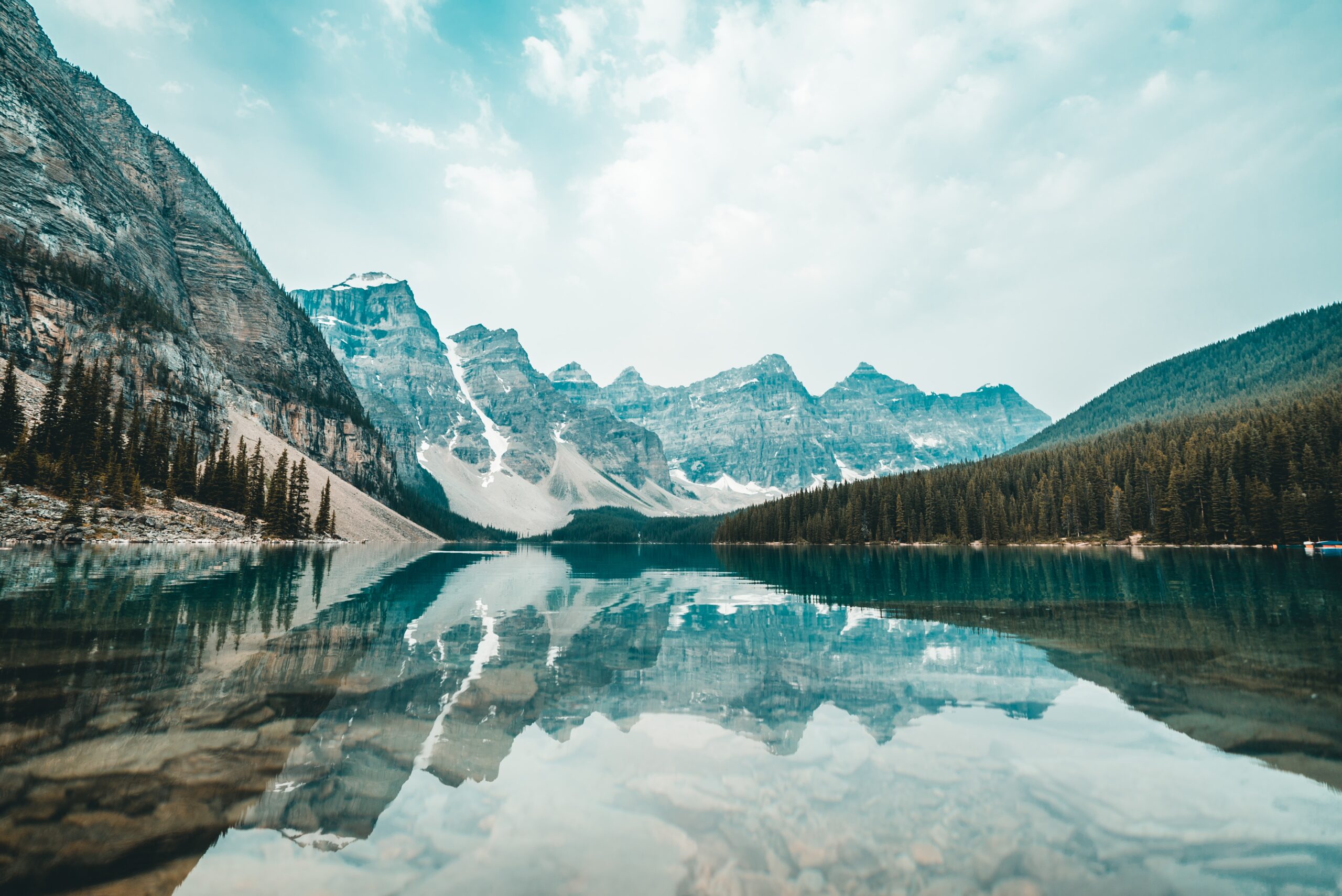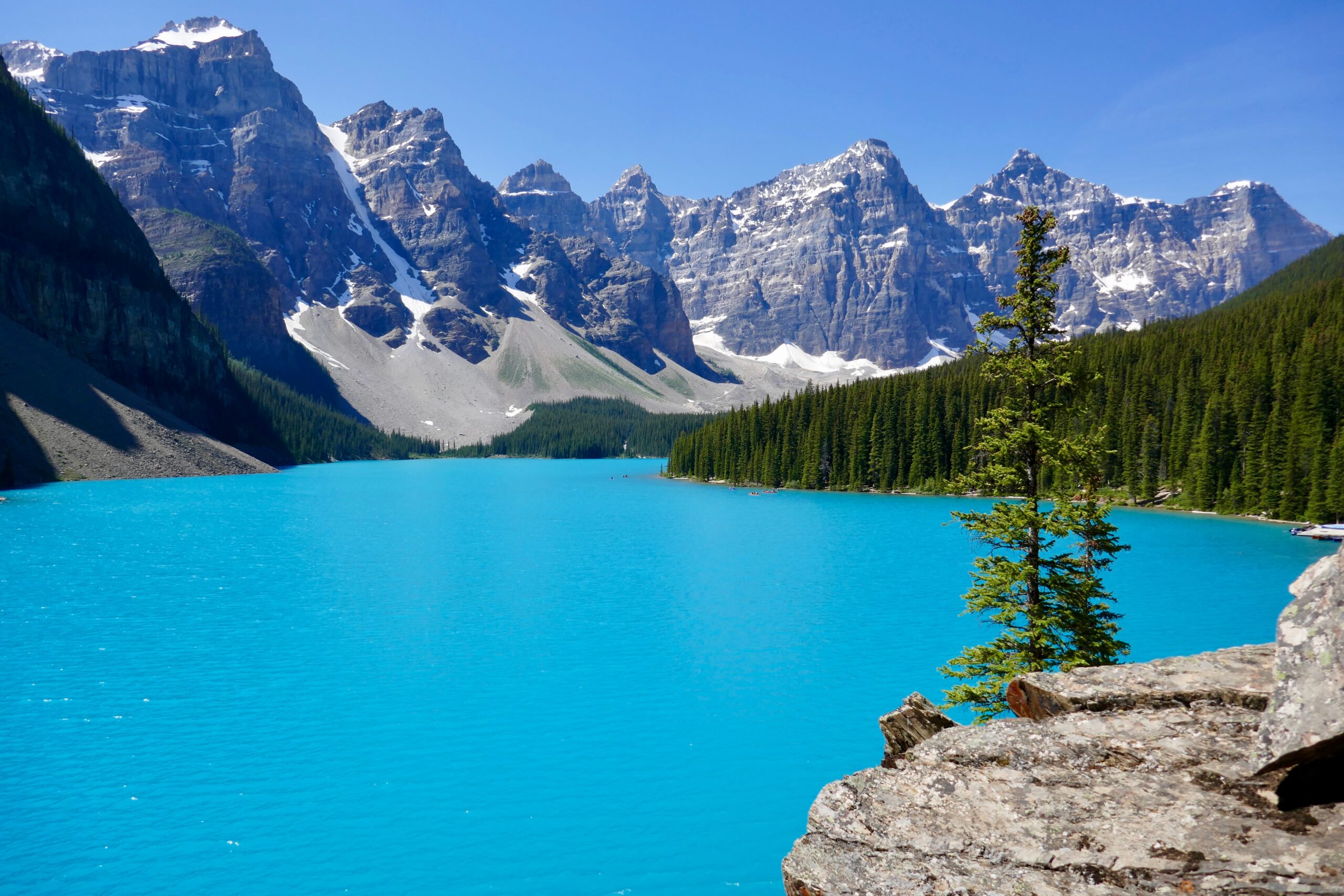Canada
Canada is a country in North America. Its ten provinces and three territories extend from the Atlantic to the Pacific and northward into the Arctic Ocean, covering 9.98 million square kilometres (3.85 million square miles), making it the world’s second-largest country by total area. Its southern and western border with the United States, stretching 8,891 kilometres (5,525 mi), is the world’s longest bi-national land border. Ottawa is the capital of Canada, and Toronto, Montreal, and Vancouver are its three largest cities.

Canada
Canada is a parliamentary democracy and a constitutional monarchy in the Westminster tradition. The head of government is the prime minister, who is appointed by the governor general on behalf of the monarch, who serves as head of state. He holds office as a result of commanding the confidence of the House of Commons.
The country is a Commonwealth realm and is officially bilingual at the federal level. It ranks among the highest in international measurements of government transparency, civil liberties, quality of life, economic freedom, and education. It is one of the world’s most ethnically diverse and multicultural nations, the product of large-scale immigration from many other countries. The long and complex relationship between Canada and the United States has profoundly influenced its economy and culture.

Climate
Average winter and summer high temperatures across Canada vary from region to region. Winters can be harsh in many parts of the country, particularly in the interior and Prairie provinces, which experience a continental climate, where daily average temperatures are near −15 °C (5 °F), but can drop below −40 °C (−40 °F) with severe wind chills. In non-coastal regions, snow can cover the ground for almost six months of the year, while in parts of the north snow can persist year-round. Coastal British Columbia has a temperate climate, with a mild and rainy winter. The average high temperatures on the east and west coasts are generally in the low 20s °C (70s °F). In between the coasts, the average summer temperature ranges from 25 to 30 °C (77 to 86 °F), with temperatures in some interior locations sometimes exceeding 40 °C (104 °F).
Much of Northern Canada is covered by ice and permafrost; however, the future of the permafrost is uncertain because the Arctic has been warming at three times the global average as a result of climate change in Canada. Canada’s annual average temperature over land has warmed by 1.7 °C (3.1 °F), with changes ranging from 1.1 to 2.3 °C (2.0 to 4.1 °F) in various regions, since 1948. The rate of warming has been higher across the North and in the Prairies. As a result of air pollution from both Canada and the United States, metal smelting, burning coal to power utilities, and vehicles have led to acid rain, which has negatively impacted waterways, forest growth, and agricultural productivity in Canada.
British Columbia


